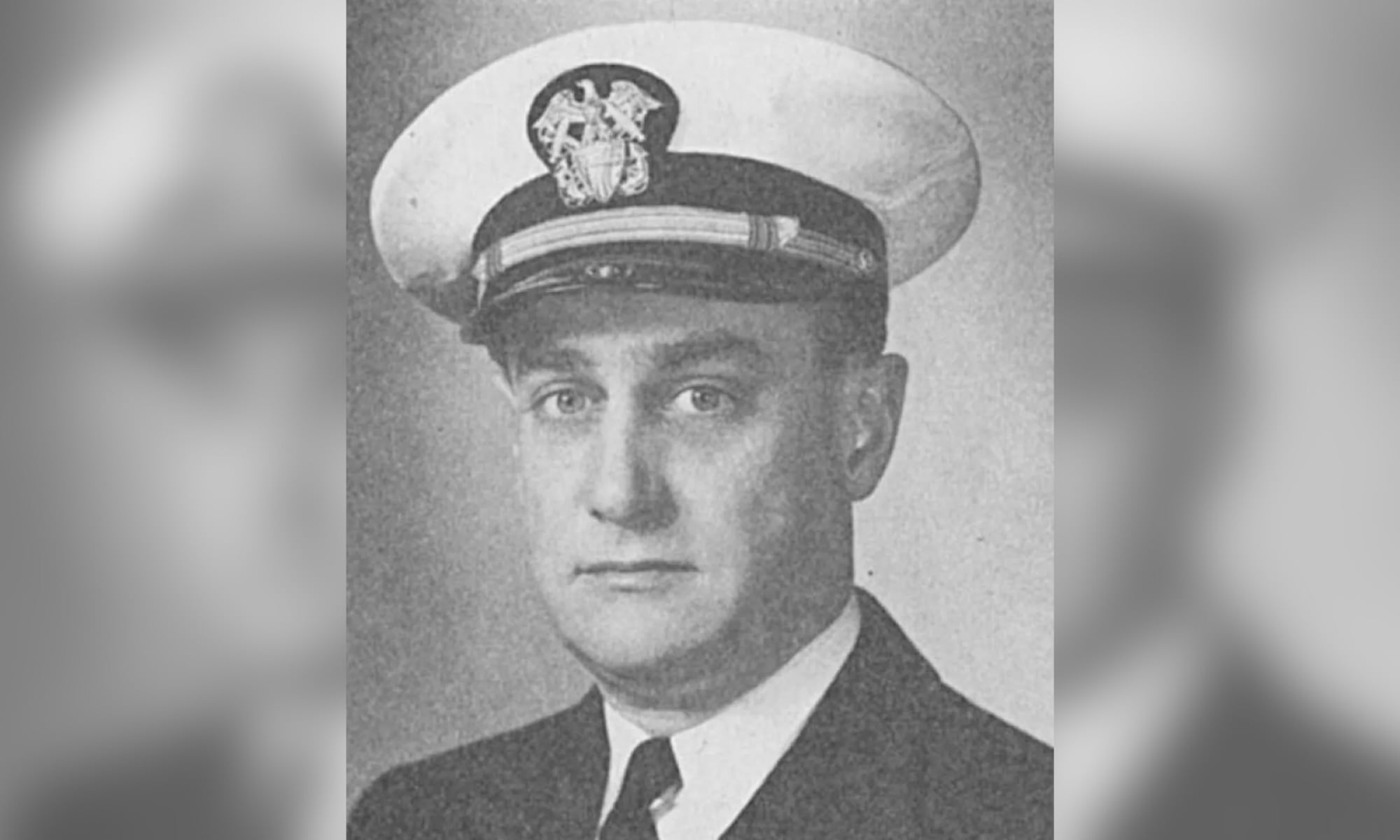WASHINGTON — The Army's 2016 class of commanders for 31 of its top combat units has one black officer, a trend that the service is seeking to reverse with limited success.
The 2016 list of commanders for Army infantry, artillery and armor combat brigades and battalions shows black officers continue to struggle to gain a foothold in the units that serve as the primary training ground for senior leaders.
Six black officers out of 82 will lead battalions, which are 800- to 1,000-soldier components of brigades, according to the list, which was obtained by USA Today. But only one of the 31 combat brigades getting new commanders, the list shows, will have an African-American colonel in charge.
A Defense Department official reviewed the list and provided the racial breakdown on condition of anonymity, because officials were not authorized to comment publicly.
Taking charge of a combat battalion, and then a brigade, are virtual requirements to reach the pinnacle of the service. The Army's top leaders have pedigrees in what are referred to as combat arms: Gen. Raymond Odierno, the Army's chief of staff, commanded artillery units; his predecessor, Gen. Martin Dempsey, led armored units, and is now the chairman of the Joint Chiefs of Staff.
There are exceptions. Gen. Lloyd Austin, an African-American infantry officer, leads Central Command, overseeing operations in the Middle East and Afghanistan. The Army recognizes the need for more officers like Austin and last year launched an initiative aimed to bolster the number of minority officers in key command spots.
The 2016 lists show little progress has been made since the paper first reported on the problem last September. Six black officers will lead 82 battalions compared with one of 78 battalions on the 2015 list. But at the brigade level there is just one black officer on the list compared with two in 2015.
Brigades contain three to four battalions.
Among the issues confronting the Army: channeling young black officers into combat fields when many have traditionally favored fields such as logistics.
It will take years to resolve the issue, Brig. Gen. Malcolm Frost, the Army's top spokesman, said in a statement. That means attracting qualified candidates to become combat-unit officers and mentoring them early in their careers.
"This is a long term effort for the Army," Frost said. "Progress cannot be accurately measured in one year."
In March 2014, the Army announced a plan that acknowledged the problem with minority representation in its officer corps. The Army released a statement to USA Today on Monday, saying it remains committed to boosting the number of minority officers.
"This plan noted that low promotion selection rates are an indication that counseling, coaching, mentoring, assignments and other inputs to professional development must be continuously reviewed," the Army statement said. "We are committed to ensuring all officers have the opportunity to pursue growth commensurate with their potential."





